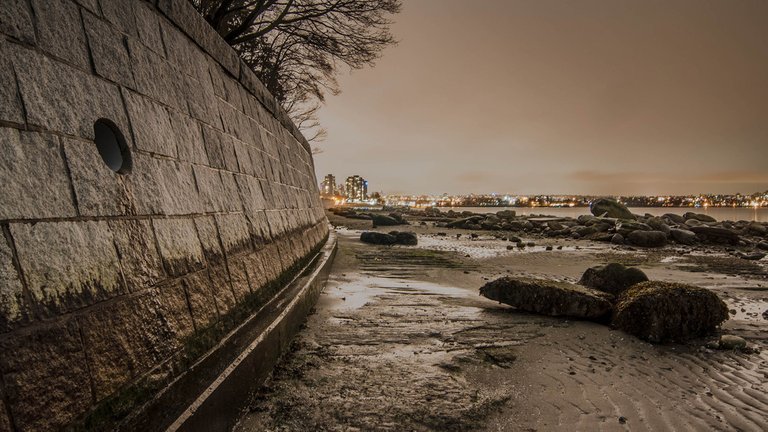
Modern, steel-embedded concrete seawalls tend to need repair after a few decades of erosion from the endless procession of waves, but the Roman pier at Portus Cosanus in Orbetello, Italy has remained solid for almost two thousand years. Scientists have finally figured out the missing ingredient of this material's longevity, and it turns out to be mineral growth after the concrete has set.

This concept of concrete that grows after it has been set is something that others have been experimenting with recently, but The Telegraph breaks this new discovery down thusly:
Roman engineers made concrete by mixing volcanic ash with lime and seawater to make a mortar, and then added chunks of volcanic rock. The combination of ash, water, and lime produces what is called a pozzolanic reaction, named after the city of Pozzuoli in the Bay of Naples, triggering the formation of crystals in the gaps of the mixture as it sets.
The same reaction happens in nature, and clumps of natural cement called ‘tuffs’ can be found scattered around volcanic areas, which is probably what gave the Romans the idea.
Hi! I am a robot. I just upvoted you! I found similar content that readers might be interested in:
http://archinect.com/news/article/150016204/the-mystery-of-how-roman-concrete-has-withstood-the-sea-for-millennia-is-finally-solved